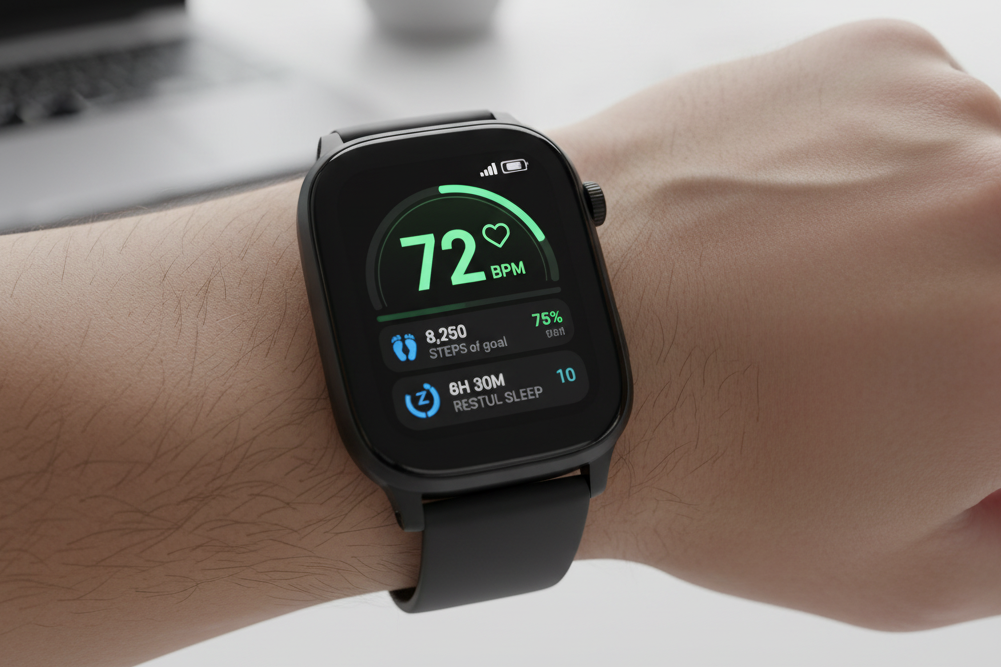The Psychology of Shopping: How to Avoid Impulse Buys
Carter Grant
2025-09-27
6 min read
You have likely experienced it before: you walk into a store to buy one specific item and walk out with a full bag and a lighter wallet. This common phenomenon, known as impulse buying, is not simply a matter of poor self-control. It is a complex behavior driven by a combination of psychological triggers, sophisticated marketing tactics, and our own internal emotional states. Understanding the psychology behind why we make unplanned purchases is the first step toward regaining control and making more intentional financial decisions.
The Emotional Roots of Impulse Spending
At its core, impulse buying is often an emotional response, not a rational one. Feelings of sadness, stress, or even boredom can create a desire for a quick mood boost, and the act of purchasing something new provides a temporary hit of dopamine, a neurotransmitter associated with pleasure and reward. Retailers have become experts at creating environments that cater to this emotional need. The appealing displays, upbeat music, and even pleasant scents are all designed to elevate your mood and lower your cognitive defenses, making you more susceptible to making unplanned purchases. This is often referred to as "retail therapy," and while it may provide a fleeting sense of happiness, it can lead to longer-term feelings of guilt, regret, and financial stress. Recognizing when you are shopping to fill an emotional void rather than a practical need is crucial. If you find yourself reaching for your wallet when you feel down or anxious, it might be a sign that your purchasing decisions are being driven by emotion.
How Marketers Tap into Your Brain
Retailers employ a wide range of psychological tactics designed to encourage impulse buys. One of the most effective is creating a sense of urgency. Limited-time offers, flash sales, and low-stock warnings all trigger a cognitive bias known as the scarcity principle. When something is perceived as scarce or available for only a short period, its value seems to increase in our minds, and we feel a compelling need to act quickly before the opportunity is lost. Another powerful tactic is strategic product placement. Items like candy, magazines, and small gadgets are often placed near the checkout counter precisely because shoppers are more likely to make an impulse decision while waiting in line. After a long shopping trip, your decision-making abilities are often depleted—a state known as decision fatigue—making you more vulnerable to these last-minute temptations. Stores also use the power of "anchoring," where a high-priced item is placed next to a slightly lower-priced one to make the latter seem like a bargain, even if it is still overpriced.

Practical Strategies for Mindful Shopping
Resisting the powerful pull of impulse buying requires a conscious and proactive approach. The goal is not to eliminate all spontaneous purchases but to ensure that your spending aligns with your values and financial goals. One of the most effective strategies is to never shop without a plan. Before you go to a store or browse online, create a detailed shopping list. This simple act shifts your mindset from passive browsing to active, goal-oriented searching. A list serves as a powerful reminder of what you actually need, helping you tune out the noise of tempting but unnecessary items. Setting a clear budget for each shopping trip is another essential practice. Whether you use a budgeting app, an envelope of cash, or just a mental note, having a spending limit provides a firm boundary. When you know exactly how much you can spend, you are forced to prioritize your purchases and evaluate whether a potential impulse buy is truly worth it. Implementing a waiting period for non-essential purchases can be a game-changer. When you feel the urge to buy something you hadn't planned for, make a rule to wait at least 24 hours. This "cooling-off" period allows the initial emotional excitement to fade, giving your rational brain a chance to weigh the pros and cons. More often than not, you will find that the intense desire to own the item has diminished significantly after a day.
Practicing mindfulness can also help curb impulse spending. Before making a purchase, take a moment to pause and ask yourself a few questions. Why do I want this item? Do I truly need it? How will I feel about this purchase tomorrow, or a week from now? This brief moment of reflection can break the automated script of seeing something and immediately wanting to buy it. Finally, understanding your personal triggers is key. Do you tend to overspend when you're feeling stressed? Do certain online stores consistently lure you into making impulse buys? By identifying these patterns, you can develop specific strategies to counteract them, such as finding alternative stress-relief activities or unsubscribing from marketing emails. By combining these practical strategies with an awareness of the psychological forces at play, you can transform your relationship with shopping. Moving from a reactive, impulse-driven consumer to a proactive, intentional spender not only benefits your bank account but also empowers you to make choices that genuinely enhance your life.


